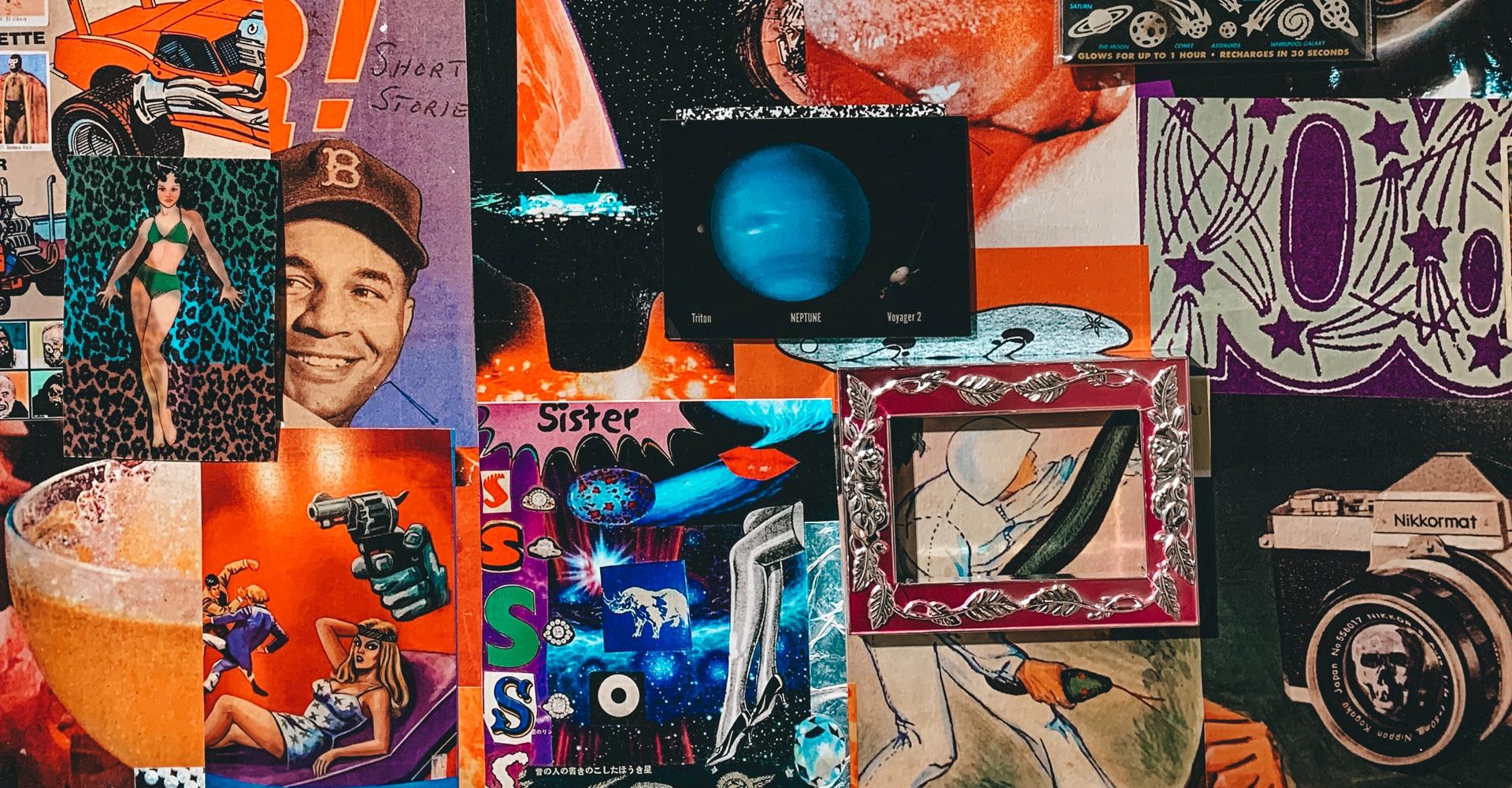
Breaking down the movers and shakers, platforms and primary components within the NFT ecosystem
The art world has been overtaken by tokens as of late — non-fungible tokens (NFTs), that is. Let’s try to understand what this method of tracking the ownership of various digital goods is, and what it means for the rest of us who still deal (mostly) with the physical world. And if there ever was any doubt that NFTs are now embedded into our popular culture, there's a recent Saturday Night Live skit that tries to explain its relevance. The NFT world is heavily into cryptocurrencies, blockchains, smart digital contracts and other totems of tech. Even if you think you understand what each of these things means in isolation, you might not be able to wrap your brain around this concept entirely. A good place to start is this overview in Ars Technica. The piece describes several places where NFTs are being used as the key enabling technology, including: The Ars Technica article mentions that NFTs are “more akin to those novelty deeds that claim the document gives you “ownership” of a star in the night sky.” (Sadly, I once fell for this scam and “bought” one for a friend in my misspent youth. It was still a fun purchase, although pretty useless.) Another point that shows how NFTs have grown are sites that track and trade on NFT purchases, including CryptoSlam, opensea.io, dappradar and nFungible, The overall market is now valued in multiple hundreds of millions of dollars. This market got a recent jump with the art auction house Christie’s, which sold a single work of art for $69M. What's noteworthy here is that the artist Mike Winkelmann had, until last fall, never sold any of his works for more than $100. Entitled Everydays: The First 5000 Days, the artwork was entirely a digital work — or more accurately, a collage of many digital pictures. The buyer got a digital record of the work, but not the graphics file itself. What was interesting about the sale was the bidding process, typical of a valuable eBay collectible: the auction had to be extended several minutes as dozens of hopeful buyers bid the price up in the last moments. You would think they were bidding on an “analog” DaVinci or a Degas. Or naming a popular star, for that matter. The New York Times documents some of the other crypto works that have recently sold for multiple millions of dollar-equivalents (the actual transactions typically happen via Ethereum). One analog art collector commented about Christie's sale that “Art is no longer about a relationship with an object. It’s about making money,” he said. “I feel bad for art.” As someone who has purchased a few analog pieces myself, I would tend to agree. But it isn’t just about digital art: on the trading site Valuables, a Malaysian-based buyer named Sina Estavi bought the NFT of Twitter CEO Jack Dorsey’s first ever tweet for $2.9 million. As a reminder, any of us can view that tweet anytime with a quick search, and even save a screenshot of it to our local hard drives. There was also a New York Times column about NFTs by Kevin Roose, which sold in an online auction for the equivalent of $500,000. If you are a digital artist, you should definitely read more about the NFT marketplace with this post on GitHub, which explains some of the movers and shakers, where you can purchase other NFT-based artworks, how the various tech pieces fit together, and other components of this ecosystem. Tim Schneider writes this excellent piece about the crypto art evolution and mentions four important and unresolved issues: This last point deserves further discussion. One NFT artist is Sara Ludy. She wrote smart contracts that lay out the revenue share arrangement, now and forever, for her works. She keeps half of any sale for herself, 15% goes to the crypto marketplace/platform she chooses to sell with, and the remaining 35% goes to her gallery, where it is divided among the staff in equal portions. That means that as the price of the art work escalates, everyone retains a piece of the action. The aforementioned Christie’s NFT sale only benefited the last owner of the work — who wasn’t even the artist. NFTs are also being used to change the museum experience (once we will be able to return to them in person). Frances Liddell has been using them to collect different narratives from museumgoers and using this information to improve the relevance for various audiences. The first piece of art that I bought was a series of county courthouse photos taken by William Clift in 1976. I owned them for many years and they were supposedly appreciated in value. But when I couldn’t find a buyer, I decided to donate them to a museum instead. That link, like the Dorsey proto-tweet, is available almost instantly to anyone with a browser and a search string to prove the donation. That points out two important points: a) we still have a long way to go before NFTs can be technically sound, and b) any auction requires both buyers and sellers. Even the digital artist Winkelmann isn’t convinced about NFTs. “It is a bubble, to be quite honest,” he told NPR. “I think you are going to see a mad rush of people come to this space. And a lot of the stuff people are making into NFTs is junk, and that stuff won’t hold value.”
如有侵权请联系:admin#unsafe.sh
